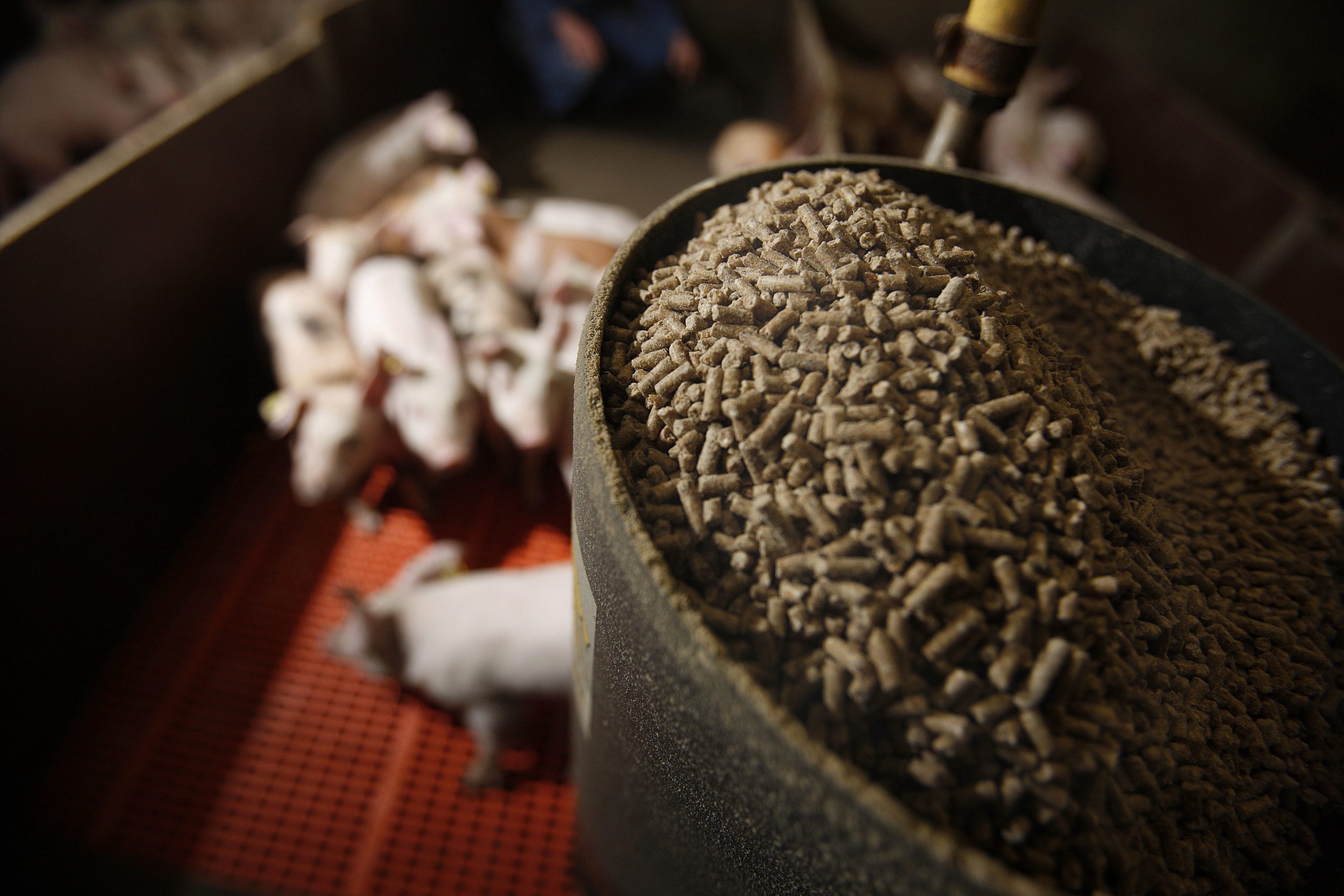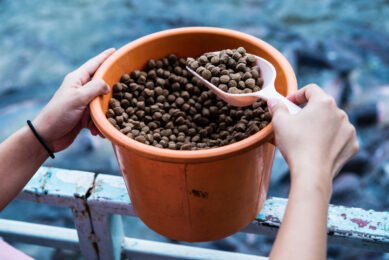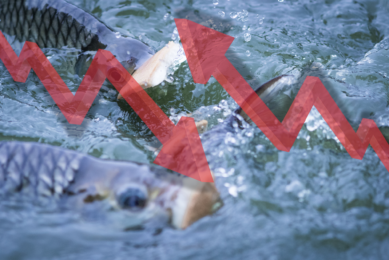Insight into the US animal feed market

In 2016, the US animal feed manufacturing industry contributed $?297.1 billion in total US sales and over 944,000 jobs. This is according to data from the Institute for Feed Education and Research (IFEEDER).
The total sales is including roughly $ 102 billion in value-added contributions and over $ 22.5 billion in local, state and national taxes. The result are based on 2, first-of-a-kind, yearlong research projects, which quantify the industry’s contribution to the national, state and local economies. It also provides a comprehensive analysis of the ingredients used in the top livestock, poultry and aquaculture diets. IFEEDER commissioned Decision Innovation Solutions (DIS), an economic research and analysis firm, in early 2017 to conduct a first-ever economic analysis of the US animal feed and pet food manufacturing industry.
Total feed consumed
The study also looked at quantifying the amount of feed consumed by the top 9 livestock, poultry and aquaculture species throughout the various stages of their lives. Overall, DIS found that in 2016, approximately 236.3 million tons of animal feed were fed to 9 animal species, including: 74.7 million tons to cattle on feed; 56.3 million tons to broilers; and 46.3 million tons to pigs, the top 3 animal consumers. The concentration of animals on feed as well as the production of the necessary feed ingredients occurs in the Midwestern, Southern and Eastern regions of the United States. Iowa, Texas, Nebraska, North Carolina and Minnesota topped the list for the sheer amount of animal feed consumed with 21.1 million tons, 17.3 million tons, 15.4 million tons, 12.6 million tons, and 11.3 million tons, respectively.
DDGS makes up 75%
Corn, the most abundantly produced crop in the United States, made up slightly more than half of the total amount of animal food consumed, but when combined with soybean meal and dried distiller’s grains with solubles (DDGs), represented more than 75% of all feed tonnage provided in 2016. DIS also reported on a number of other ingredients that are used in animal diets besides the top commodities. For instance, at least 1% of all tonnage fed to livestock and poultry in 2016 came from: wet distiller’s grains, bakery meal, corn gluten feed, cottonseed meal, wheat midds, grain sorghum, soybean hulls and oats.
Opportunities for the future
A few opportunities exist for the industry to grow and adapt in the future, including a shift in the production and processing of livestock and poultry due to environmental conditions (e.g., droughts) and regulatory forces. Other opportunities for expansion include branching into new markets, such as the continued expansion of aquaculture, which implies more consumption of animal feed. Recent innovations in aquaculture production processes show promise for it to be adopted in more varied forms and applications in the future. Also, consumer demand for organic food production is likely to continue increasing in the future. This has implications not only for additional differentiation of meat and poultry production, but also supply chain identity preservation (i.e., identifying and isolating specific characteristics, such as organic products, throughout the supply chain) for both feed ingredients and meat and poultry products.











